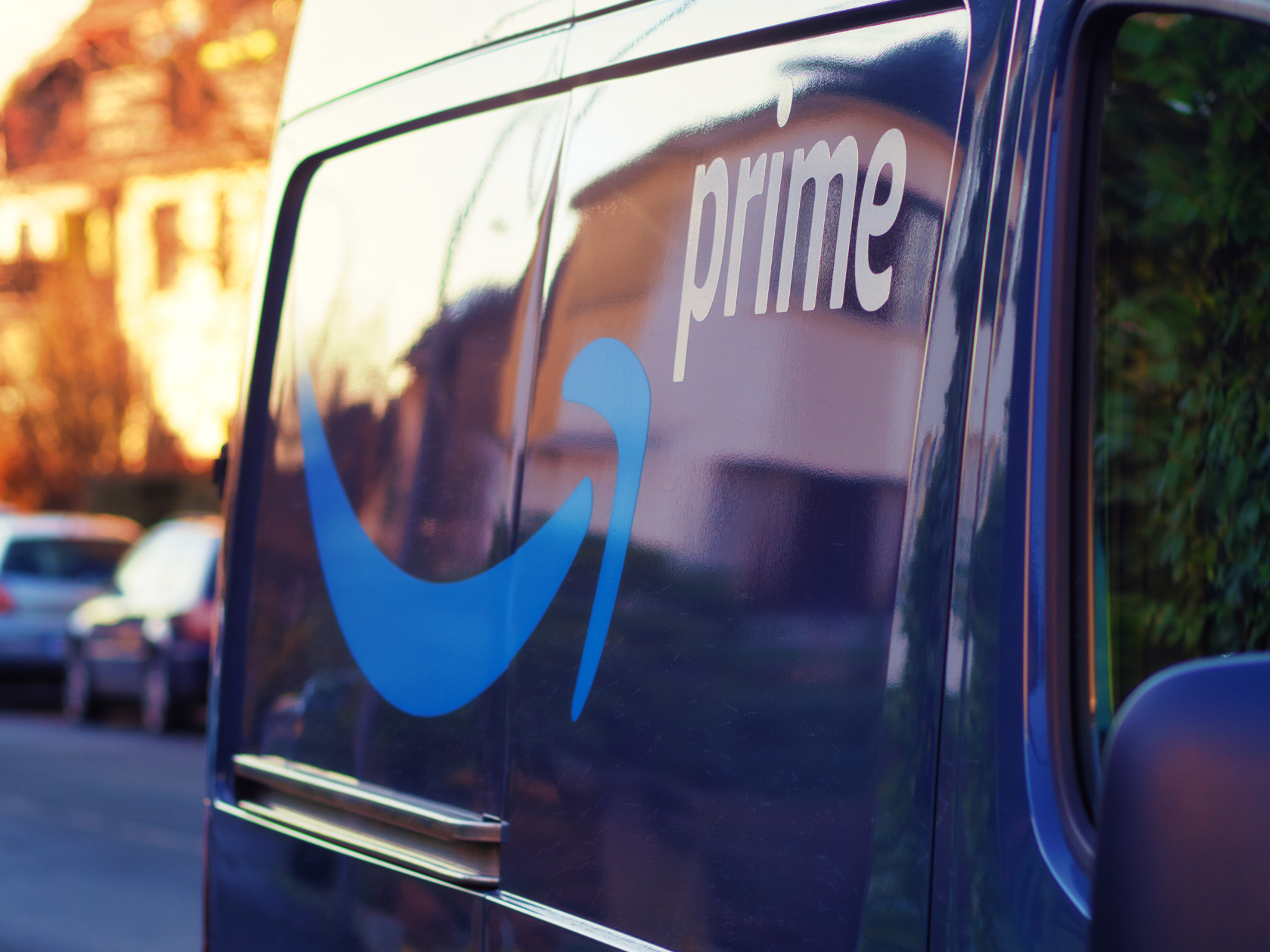
Amazon Prime Day, initially launched in 2015 as a celebration for Prime Members, has grown into a monumental retail event, profoundly altering the e-commerce landscape. Spanning nearly a decade, Prime Day now rivals established shopping holidays such as Black Friday and Cyber Monday, marking it as a critical juncture for both small and large retailers.
Attracting over 8 million shoppers seeking deals, Prime Day presents marketers with a golden opportunity to harness the immense revenue potential from this vast consumer event. In this deep dive, we’ll explore how digital marketers can finely tune their strategies to capitalize on Amazon Prime Day, thereby enhancing e-commerce performance not only on Amazon but across the entire digital marketplace, in a sustainable manner.
In 2023, Amazon Prime Day generated $12 billion U.S. dollars for brands worldwide, underscoring its immense capacity to drive revenue. Over the years, Prime Day has transformed into a keenly awaited shopping event, prompting consumers to strategize their buying around this day, thus presenting a significant opportunity for brands on Amazon. However, the influence of Prime Day extends beyond Amazon. In 2023, retailers leveraging the shopping momentum surrounding Prime Day succeeded in generating an additional $5.45 billion through other eCommerce channels.
For marketers, Prime Day offers a unique chance to boost sales and use the buzz to enhance performance across digital platforms.
The upcoming Prime Day represents an opportunity for digital marketers to amplify sales and enhance visibility.
For marketers, Prime Day marks an occasion to optimize their entire marketing ecosystem. Social media, paid media, and email channels can be fine-tuned to ride the Prime Day wave, offering tailored promotions and amplifying brand visibility. This omnichannel approach is crucial in engaging shoppers who don’t limit their purchases to just one platform.
While the allure of Amazon’s vast customer base is undeniable, the constraints, fees, and lack of direct customer data might make a direct partnership less desirable for certain brands. Creating promotions and offers outside of the Amazon marketplace can lead to:
Understanding these trade-offs is crucial in deciding where and how to market your products on Prime Day.
The success of a campaign off-Amazon on Prime Day lies in its ability to stand out amid the cacophony of sales. Personalization, exclusivity, and surprise elements are potent weapons in the marketer’s arsenal. By crafting campaigns that resonate with brand loyalists, and incorporating elements that surprise and delight customers, marketers can elevate their brand even on this titan’s own day.
Incorporating predictive AI tools in your marketing strategy is like having a crystal ball, offering insights into customer behavior. Predictive AI is especially useful for tactfully developing customer segments for activation across your marketing channels.
The culmination of Prime Day marks the beginning of a new phase in the marketing calendar. This time is pivotal for brands and marketers to take stock, analyze performance, and follow up with customers effectively.
Robust analytics and data-driven insights are essential for understanding the efficacy of your Prime Day campaign. By analyzing metrics such as sales trends, customer engagement, and return on ad spend, brands can glean valuable learnings to apply to future marketing initiatives.
Engagement doesn’t conclude with the sale. Marketers can employ follow-up strategies such as:
Effectively nurturing these relationships can lead to repeat business and foster long-term customer loyalty.
Preparation for the subsequent Prime Day begins as soon as the last one concludes. Trends and customer insights from the latest event can be instrumental in shaping future marketing strategies and ensuring that brands are primed—pun intended—for the next wave of sales and engagement.
Amazon Prime Day is more than a mere event in e-commerce—it’s a major occurrence that reshapes the market. Digital marketers who leverage this event can boost sales not only on Amazon but across the digital realm. Success hinges on understanding Prime Day’s role in the broader e-commerce landscape and the ability to craft and implement strategies that appeal to modern consumers.
Let's Talk
Ready to learn more? Contact us to learn more about how Predictable can power return on investment for your brand.
